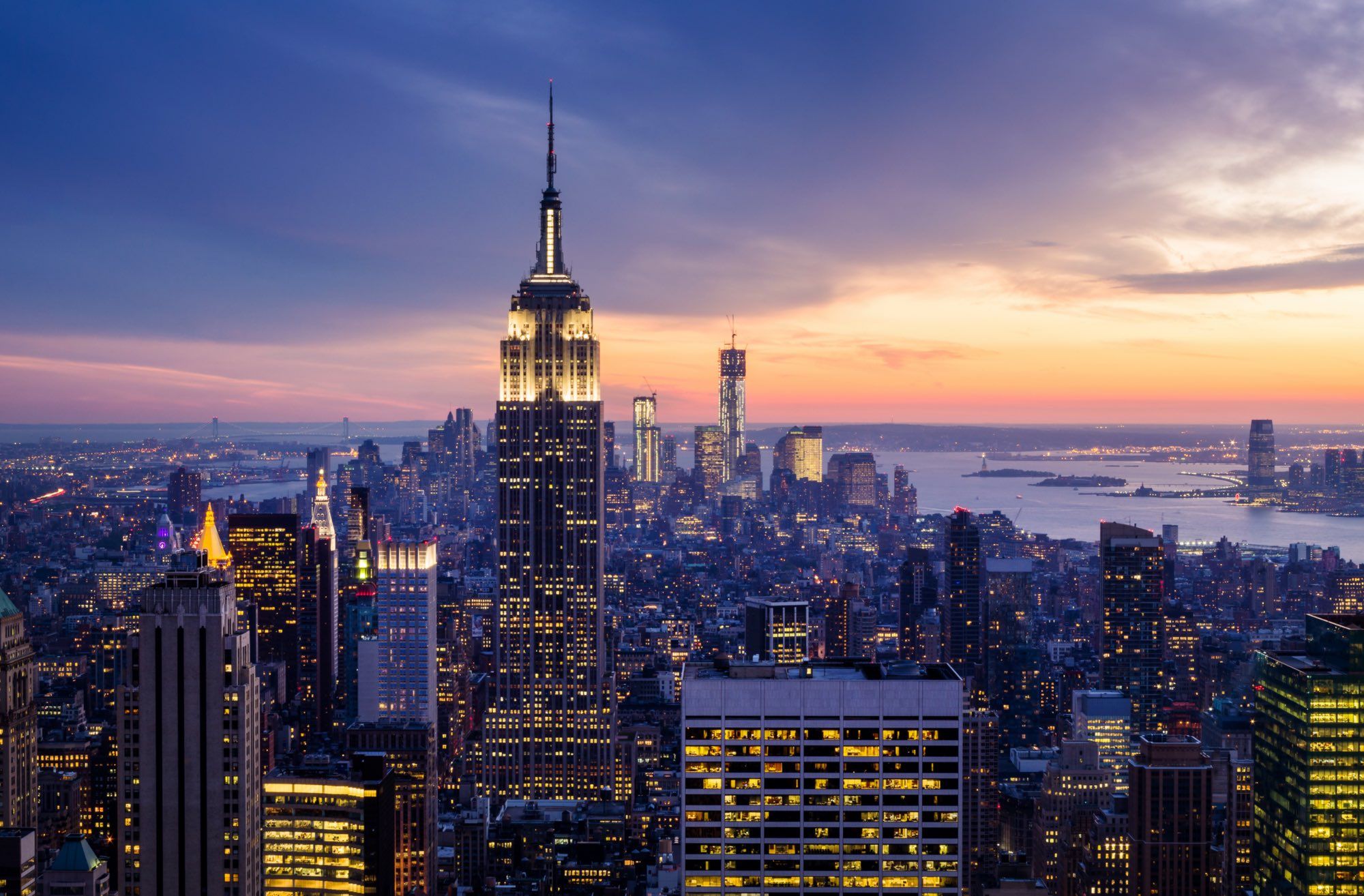Going Viral.
The viral phenomena are when objects or patterns that are able to replicate themselves or convert other objects into copies of themselves when these objects are exposed to them.

I happened to peek at Google Trends this morning as I prepared this post. Taco Bell was trending up big at #11 with “Today’s the day! A base was stolen in the World Series™, so all of America can steal a FREE Doritos® Locos Tacos.” My lunch plans have just changed.

Going viral is the Holy Grail of marketing. Today, I am more interested in other things that have gone viral.
By now, readers realize that I am obsessed with the why of things. The COVID-19 outbreak left unanswered questions, as our leaders, on both sides of the ideological aisle, politicized the pandemic for their own ends. Shame on them, more on that little travesty in another post.
For the record, I caught COVID-19 in July of last year. Thanks to amazing genes, I am literally indestructible. Both of my biological parents are very healthy and aging like fine wines. My body’s reaction to the SARS-CoV-2 virus was minimal. From a historian’s perspective, I briefly glossed over the Great Flu of 1918 and the Black Plague reading two or three books on the matters. And I lived through the outbreak of AIDS, or HIV. Consequently, I wasn’t completely ignorant of cruel contagions. But I am still left with unanswered questions about pandemics, the pathology of viruses, and their spread. I wanted to know the why of the COVID-19 pandemic.
Never guess what I found.
Through a deep dive investigation and my good friends at The Oxford Martin School, I found the source of our leader’s COVID-19 chagrin. Long-term urbanization trends and the decline of hospital beds in America crashed together in a very deadly manner. But that’s not news. The media reported hospitals overflowing with critical cases from the outset of the outbreak. Agreed. The real question is, should the news media, health care experts, and our national leaders have known about the dire consequences of a viral breakout?
The urbanization graphic below depicts a rapid change in the population density of our cities over the last 100 years. High-density population centers spread viruses like wildfire, as COVID-19 proved. For centuries during mass contagions, our forebearers left the big cities for the countryside to avoid transmission and the infected were quarantined. Makes sense.

Since the turn of the century, industrialization coupled with improved farming methods has radically shifted jobs to urban areas. Noted. That being noted, it appears that we are heading toward even higher densities despite the rapid deployment of technological innovations that serve to eradicate vast distances. As it stands, there are 4 billion hyper-connected global citizens literally living on top of each other. Our urban-centric lifestyles provide the ideal breeding ground for nasty mutating viruses like SARS-CoV-2.

Looking back at graphic #1, imagine if you will, the Great Influenza of 1918 with its high mortality rate being loosed on our today’s much denser populations. Not good.

Since we have covered increased urbanization as fuel for contagion, let’s talk about the drop in hospital beds in real terms and as a function of the total population.
From what I can dig up, the trends indicate that the overall number of hospital beds in the U.S. has been decreasing for decades. In 1950 there were about 1.1 million hospital beds (Public Health Reports 11-10-1950, Vol 65, No. 45) in the U.S. for a population of just north of 150 million. Oddly in 1950, Public Health officials calculated needing 1.8 million hospital beds for a population of 150 million. Hmm?
By 2021, the number of hospital beds in the US had dropped to 919 thousand with 330 million citizens. Double the number of people with fewer beds is a bad equation for Americans. Health care experts point to a growing trend towards consumer use of outpatient services, due to high medical costs, and decades of hospital mergers have left us with a bed deficiency.
The trends I found in the urbanization and hospital bed data have existed for at least seventy years. Not a soul charged with public policy and planning at the local, state, or national level should have been surprised watching the COVID-19 dominos falling. So what happened? Looking at the towering urban skylines I am guessing property developer dollars tipped the scales of reason. But I can’t be certain.
Ultimately, our glaring urban “viral” vulnerability lands squarely at the feet of our city and county officials. They were charged with guarding against the over-expansion of residential and commercial construction exceeding essential services like water, waste, and hospital beds in our large urban areas. Oops.
Novel viral outbreaks, like SARS-CoV-2, are not going away. I believe, COVID-19 is a warning shot over the bow of our largest cities. The unbridled rise of city skylines is endangering citizens and the trends are getting worse. Watch for urbanites to demand more hospital capacity and/or slowly exit the vast city sprawls.
Until next time. Stay safe.

